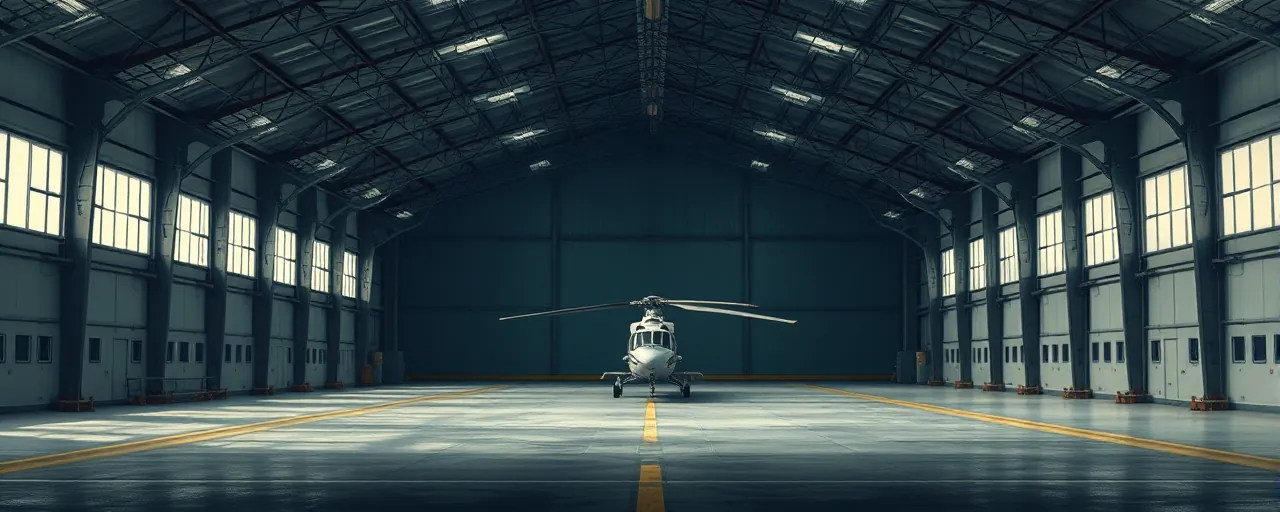A Tragic Crash Prompts Swift Action
A sightseeing helicopter plunged into the Hudson River last Thursday, claiming six lives, including three children. The Bell 206, operated by New York Helicopter Charter Inc., was carrying tourists over Manhattan when it crashed, sending shockwaves through the city. By Monday, the Federal Aviation Administration had grounded the company’s fleet, citing concerns over its operations. The move came after the company’s director of operations, who had voluntarily halted flights, was abruptly fired, raising questions about internal safety practices.
The grounding marks a rare and decisive step for the FAA, which oversees one of the world’s busiest airspaces. For New Yorkers, the crash revived memories of past helicopter accidents, from the 1977 Pan Am Building disaster to the 2018 East River tragedy that killed five. Each incident has fueled public unease about helicopters buzzing over densely packed neighborhoods. The FAA’s response signals a push to address these concerns head-on, but it also opens a broader conversation about aviation safety and oversight.
Digging Deeper: The FAA’s Safety Review
Alongside the grounding, the FAA launched a Certificate Holder Evaluation Program review to scrutinize New York Helicopter Charter’s operations. This process, designed to ensure compliance with federal regulations, examines everything from pilot training to maintenance records. It aims to pinpoint risks and hazards, offering a roadmap for operators to strengthen safety. A similar review of United Airlines last year found no major issues, underscoring the program’s role in catching problems early. Yet, the stakes are higher now, with public attention fixed on the Hudson River crash.
The review will test the company’s safety management systems, which are critical for preventing accidents in the high-risk world of helicopter tours. These systems track data, flag potential issues, and guide decision-making. But their effectiveness hinges on transparency and accountability, qualities that critics say may have been lacking when the company fired its operations director. The FAA’s findings, expected in the coming weeks, could lead to anything from targeted fixes to a permanent suspension of the company’s license.
New York Helicopter Charter isn’t alone in facing scrutiny. The FAA has been ramping up oversight of helicopter operators nationwide, driven by a string of high-profile crashes. Recent data shows the fatal accident rate for helicopters at 0.77 per 100,000 flight hours, slightly better than general aviation but far worse than commercial airlines. The agency is now studying collision hotspots and plans to convene a safety panel to propose new measures. For tour operators, this could mean stricter rules on equipment, harnesses, and flight paths.
Voices From the Ground
The crash has stirred strong reactions from New Yorkers, many of whom view helicopters as both vital and unnerving. Emergency medical teams and law enforcement rely on them to navigate the city’s gridlock, but residents often bristle at the noise and perceived risks of tourist flights. Community groups in Manhattan and Brooklyn have long pushed for limits on non-essential helicopter traffic, arguing that urban airspace is too crowded for joyrides. After last week’s tragedy, their calls have grown louder, with some advocating for an outright ban on sightseeing tours.
On the other side, tour operators and aviation trade groups emphasize the industry’s economic and practical value. Helicopter tours employ hundreds in New York and draw tourists eager for a bird’s-eye view of the skyline. They argue that accidents, while devastating, are rare, and the industry has made strides in safety. Since 2018, enhancements like better harnesses and flight recorders have become standard, partly in response to earlier crashes. Still, public trust remains fragile, eroded by each new headline.
The FAA’s challenge is to balance these perspectives while maintaining its focus on safety. Some aviation safety advocates point to gaps in oversight, particularly for smaller operators like New York Helicopter Charter. They argue that tour companies sometimes exploit looser regulations compared to commercial airlines. Others, including former pilots and inspectors, defend the FAA’s approach, noting that programs like the Certificate Holder Evaluation process have driven steady improvements over decades.
The Bigger Picture: Staffing and Safety
The crash comes at a tense moment for the FAA, which has faced criticism over recent staffing changes. Earlier this year, the agency cut hundreds of employees, including those maintaining radar systems and flight maps. While the FAA insists no critical safety roles were affected, aviation unions and former staff argue that support positions are just as essential. A mid-air collision near Washington, D.C., weeks before the Hudson River crash had already put the agency under a microscope, amplifying concerns about whether it has the resources to keep up with demand.
Historical data backs the importance of stable staffing. Accidents like the 1977 Tenerife disaster showed how human factors, from communication breakdowns to overworked crews, can lead to catastrophe. The FAA responded then with sweeping changes, including better training and teamwork protocols. Today’s staffing debates echo those lessons, with experts warning that even small reductions in expertise can chip away at safety margins. For now, the FAA says it’s fully equipped to handle investigations like the one into New York Helicopter Charter, but skepticism lingers.
What Lies Ahead
The grounding of New York Helicopter Charter and the ongoing FAA review mark a critical juncture for the city’s aviation landscape. The agency’s findings will likely shape not only the company’s future but also the broader helicopter tour industry. If the review uncovers systemic flaws, it could trigger tougher regulations, from mandatory safety upgrades to limits on urban flights. For residents and tourists alike, the outcome will influence how safe they feel looking up at the choppers overhead.
Beyond the immediate fallout, the crash invites reflection on the delicate balance of progress and risk in aviation. Helicopters remain indispensable for emergencies and remote access, yet their presence in crowded skies stirs unease. As the FAA digs into the causes of last week’s tragedy, its work will test public confidence in an industry that, for all its advances, can’t escape the weight of human loss.
